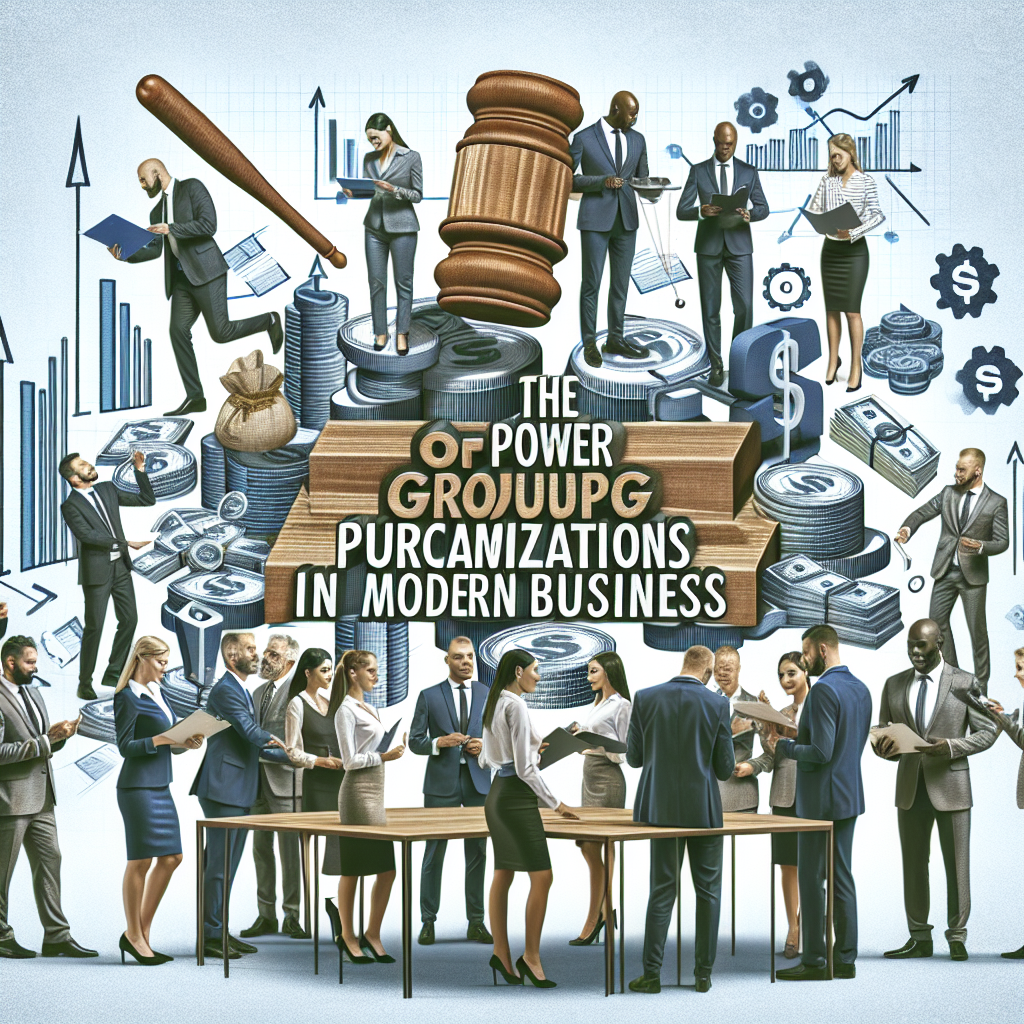Automation has become an integral part of modern procurement processes, revolutionizing the way businesses manage their supply chains and vendor relationships. By automating repetitive tasks such as purchase order processing, invoice matching, and supplier management, organizations can streamline their procurement operations, reduce manual errors, and improve overall efficiency. Automation also enables procurement teams to focus on strategic activities such as supplier relationship management, contract negotiations, and cost savings initiatives, ultimately driving greater value for the business.
In addition to improving operational efficiency, automation in procurement also provides valuable insights and data analytics that can help organizations make more informed decisions. By leveraging technology to collect and analyze procurement data, businesses can identify cost-saving opportunities, track supplier performance, and mitigate risks. This data-driven approach to procurement not only enhances decision-making but also enables organizations to proactively manage their supply chain and drive continuous improvement.
Streamlining Procurement Processes with Automation
One of the key benefits of automation in procurement is the ability to streamline and standardize processes across the organization. By implementing automated workflows and approval processes, businesses can ensure consistency and compliance in their procurement operations. This not only reduces the risk of errors and delays but also improves transparency and accountability within the procurement function.
Furthermore, automation enables real-time visibility into the status of procurement activities, allowing stakeholders to track the progress of purchase orders, invoices, and supplier contracts. This level of transparency not only improves communication and collaboration but also enables organizations to identify bottlenecks and inefficiencies in their procurement processes. By streamlining these processes, businesses can reduce cycle times, improve productivity, and ultimately drive cost savings.
Leveraging Technology to Improve Accuracy and Speed
Automation in procurement also plays a crucial role in improving the accuracy and speed of transactional activities. By eliminating manual data entry and paper-based processes, businesses can reduce the risk of errors and ensure greater accuracy in their procurement transactions. This not only minimizes the potential for costly mistakes but also enhances compliance with regulatory requirements and internal policies.
Moreover, automation enables faster processing of procurement activities, from requisition to payment. By leveraging technology to automate tasks such as purchase order creation, invoice processing, and payment approvals, organizations can significantly reduce cycle times and improve cash flow management. This not only benefits suppliers by providing timely payments but also enhances the overall efficiency of the procurement function.
The Benefits of Automation in Procurement
The benefits of automation in procurement are far-reaching, impacting various aspects of the procurement function and the broader organization. One of the key advantages is the ability to drive cost savings through improved efficiency, reduced cycle times, and better decision-making. By automating repetitive tasks and streamlining processes, businesses can lower operational costs, optimize working capital, and negotiate better terms with suppliers.
In addition to cost savings, automation in procurement also enables organizations to mitigate risks and enhance compliance. By implementing automated controls and approval workflows, businesses can ensure greater adherence to internal policies and regulatory requirements. This not only reduces the potential for fraud and errors but also provides a clear audit trail for compliance purposes.
Furthermore, automation facilitates better supplier management by providing real-time visibility into supplier performance, contract compliance, and relationship management. By leveraging technology to collect and analyze supplier data, organizations can identify opportunities for consolidation, rationalization, and collaboration with key suppliers. This not only drives greater value from supplier relationships but also reduces supply chain risks and enhances overall resilience.
Overcoming Challenges and Resistance to Automation
While the benefits of automation in procurement are clear, many organizations face challenges and resistance when implementing automation initiatives. One of the key challenges is the complexity of existing procurement processes and systems, which may require significant investment and effort to automate effectively. Additionally, resistance from stakeholders who are accustomed to traditional ways of working can hinder the adoption of automation in procurement.
To overcome these challenges, organizations need to invest in change management initiatives that focus on educating and engaging stakeholders about the benefits of automation. By demonstrating the value of automation in terms of improved efficiency, accuracy, and decision-making, businesses can build buy-in from key stakeholders and drive successful adoption of automation initiatives.
Furthermore, organizations need to carefully evaluate their existing processes and systems to identify areas that are ripe for automation. By prioritizing high-impact activities such as purchase order processing, invoice matching, and supplier management, businesses can achieve quick wins and demonstrate the value of automation in procurement.
The Future of Procurement: Embracing Automation
As technology continues to evolve, the future of procurement lies in embracing automation as a strategic enabler for driving greater value for the business. With advancements in artificial intelligence, machine learning, and robotic process automation, organizations have the opportunity to further enhance their procurement operations through intelligent automation solutions that can automate complex decision-making processes and predictive analytics.
Moreover, the rise of digital platforms and ecosystems is transforming the way businesses engage with suppliers and manage their supply chains. By leveraging digital technologies to connect with suppliers, collaborate on innovation, and drive sustainability initiatives, organizations can create a more agile and resilient supply chain that is responsive to changing market dynamics.
In addition to technology advancements, the future of procurement also involves a shift towards more strategic roles for procurement professionals. As routine tasks become automated, procurement teams can focus on activities that require critical thinking, negotiation skills, and relationship management. This not only elevates the role of procurement within the organization but also drives greater value creation through strategic sourcing initiatives and supplier collaboration.
Best Practices for Implementing Automation in Procurement
To successfully implement automation in procurement, organizations should follow best practices that focus on people, processes, and technology. Firstly, it is important to engage key stakeholders across the organization to build consensus on the need for automation and its potential impact on business outcomes. By involving stakeholders from finance, IT, operations, and supplier management early in the process, businesses can ensure alignment with broader organizational goals and objectives.
Secondly, organizations should focus on optimizing their procurement processes before automating them. By standardizing workflows, eliminating redundant activities, and establishing clear governance structures, businesses can ensure that their automated processes are efficient and effective. This not only reduces the risk of automating inefficient processes but also sets the stage for continuous improvement through automation.
Finally, organizations should invest in technology solutions that are scalable, flexible, and easy to integrate with existing systems. By selecting a technology platform that can support end-to-end procurement processes and provide real-time visibility into procurement activities, businesses can maximize the value of automation initiatives.
In conclusion, automation plays a critical role in transforming procurement operations by streamlining processes, improving accuracy and speed, driving cost savings, mitigating risks, enhancing compliance, and enabling better supplier management. While there are challenges and resistance to overcome when implementing automation initiatives, organizations can leverage best practices to drive successful adoption of automation in procurement. Looking ahead, the future of procurement lies in embracing advanced technologies such as artificial intelligence and digital platforms to create a more strategic role for procurement professionals and drive greater value for the business.





